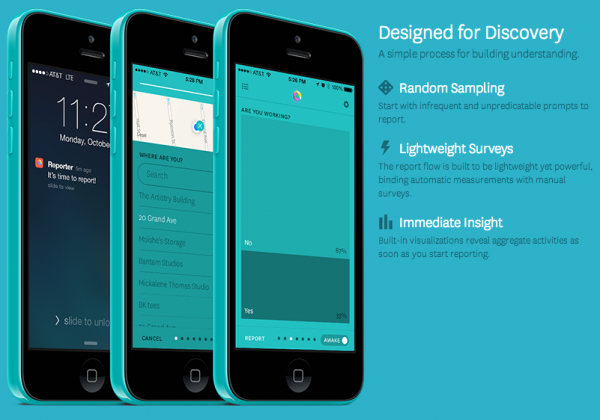My work is never dull. I frequently get involved in workshops and discussions with stakeholders from different industries, all battling the same core challenge. That of change and transformation. Recently I got a taste of private banking. I’m not going to share any of that, but it struck me how true much of this Business Transformation Report, from Tieto (a leading Nordic IT Service Company) and Kairos Future (Strategic Futures Consultants) is spot on and true based on the conversations. Some excerpts:
“Hand on heart: Is your prime goal with adopting new technology incremental change or radical innovation?”
”The reason we do not invest more in transformation is not lack of resources. It’s because we simply don’t know what to invest in”.
– Major Bank executive (Tieto report)
“Even though they might have a rough idea of where the market and technology is heading, they are uncertain of how the business models will play out and what the consequences will be. The questions those executives need to ask is: Will you be more certain if you sit waiting, or if you invest small in exploration and low-cost experimentation?”
Easier said than done, transforming and changing. But waiting to be sure isn’t the route you want to bet on.
Don’t just stand there (chapter):
- Do you have a clear view of where the future of your industry is heading over the next 3-7 years?
- Would you describe your company as an active future-oriented reallocator?
- Do you have a process for scouting and acquiring promising companies or technologies?
- Do you actively engage your partners and customers in co-creation activities to find the future for you?
“Consequently, having a culture where people are embracing or at least not rejecting changing behaviours (my marking), practices and attitudes is necessary if a fundamental transformation will ever take place.”
That’s an interesting distinction when working with change. You don’t have to focus on loving change, start by not disliking it so much, and from that position you can do things slightly different. Doesn’t sound as a big difference, but it is. Don’t go for daring to do things differently. Go for not being afraid of trying some things differently.
“As neurologists and neuroscientists say, we become what we constantly do. This is true not only metaphorically. Even our brains are being transformed and rewired as we start to use them in different ways. So fundamental transformation in terms of new practices and behaviours is – literally – fundamental.”
End of block quotes…
Full report accessible here.

 Twitter
Twitter
